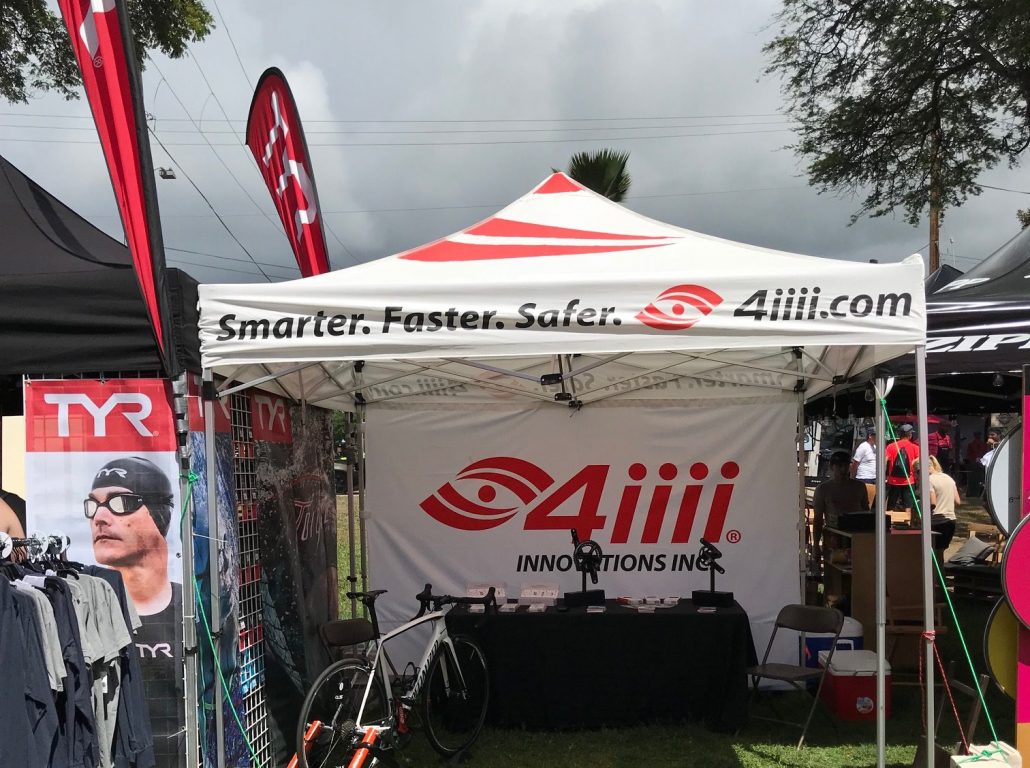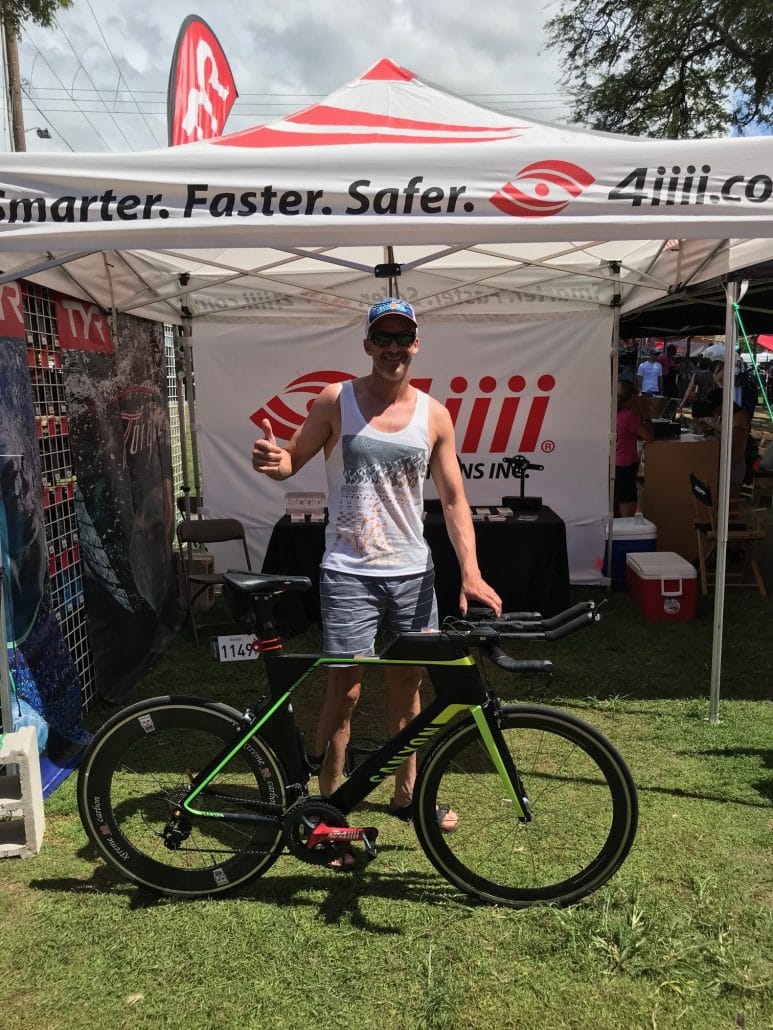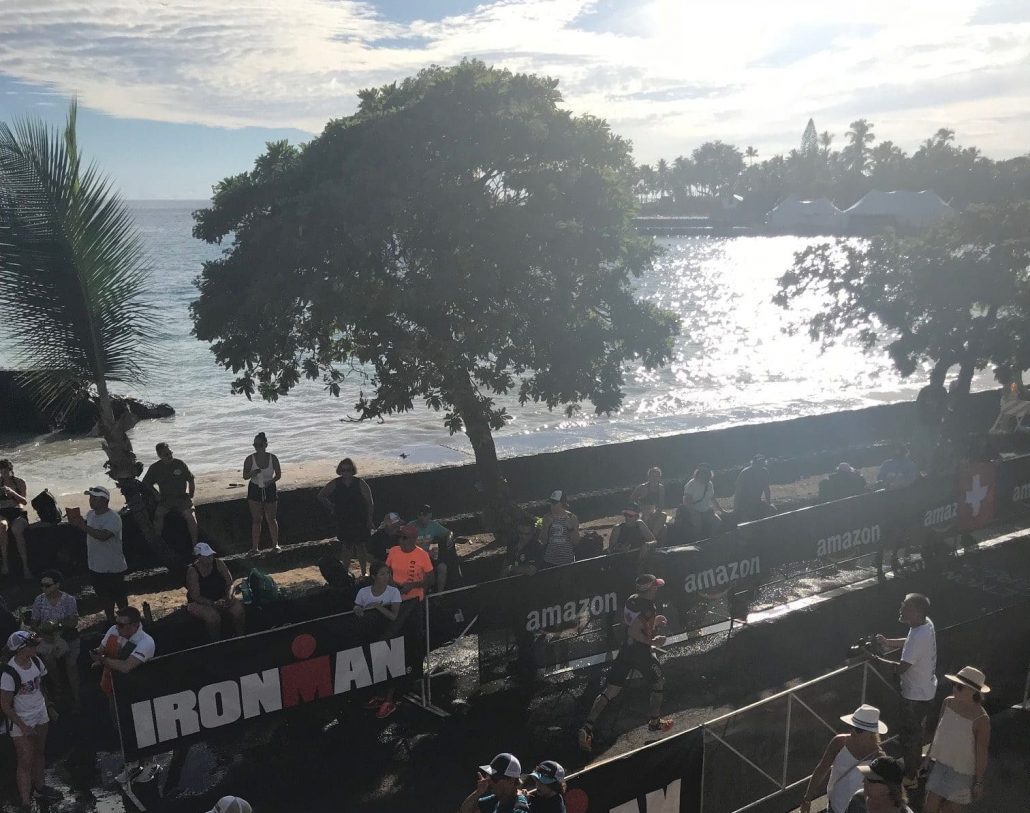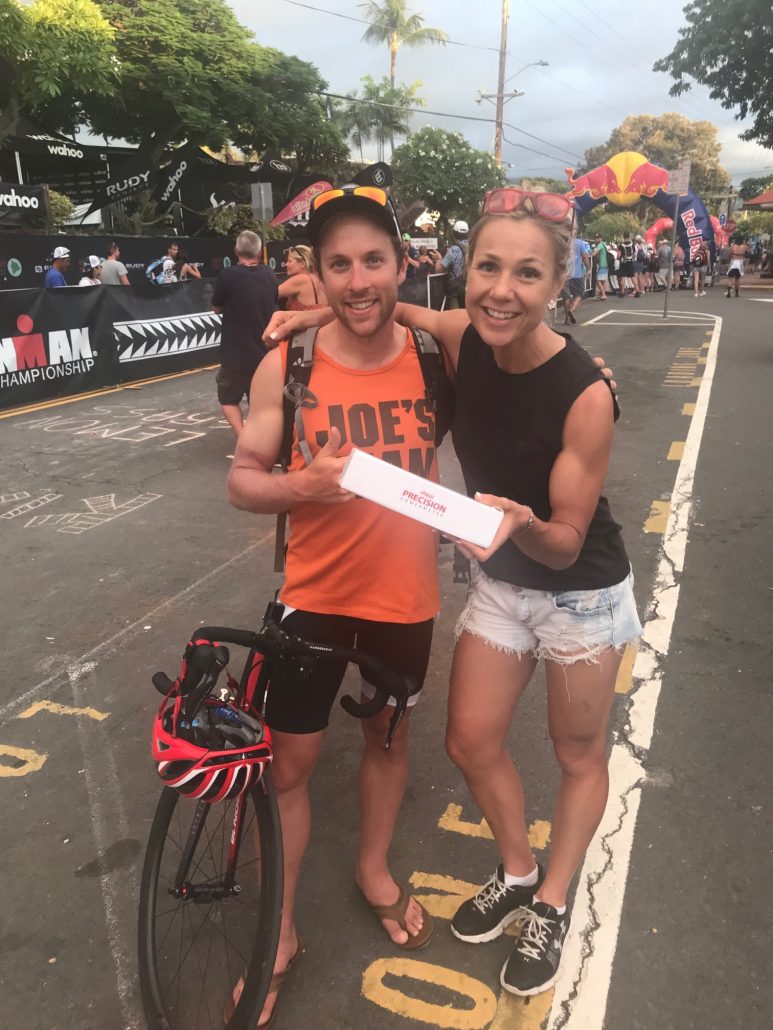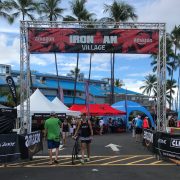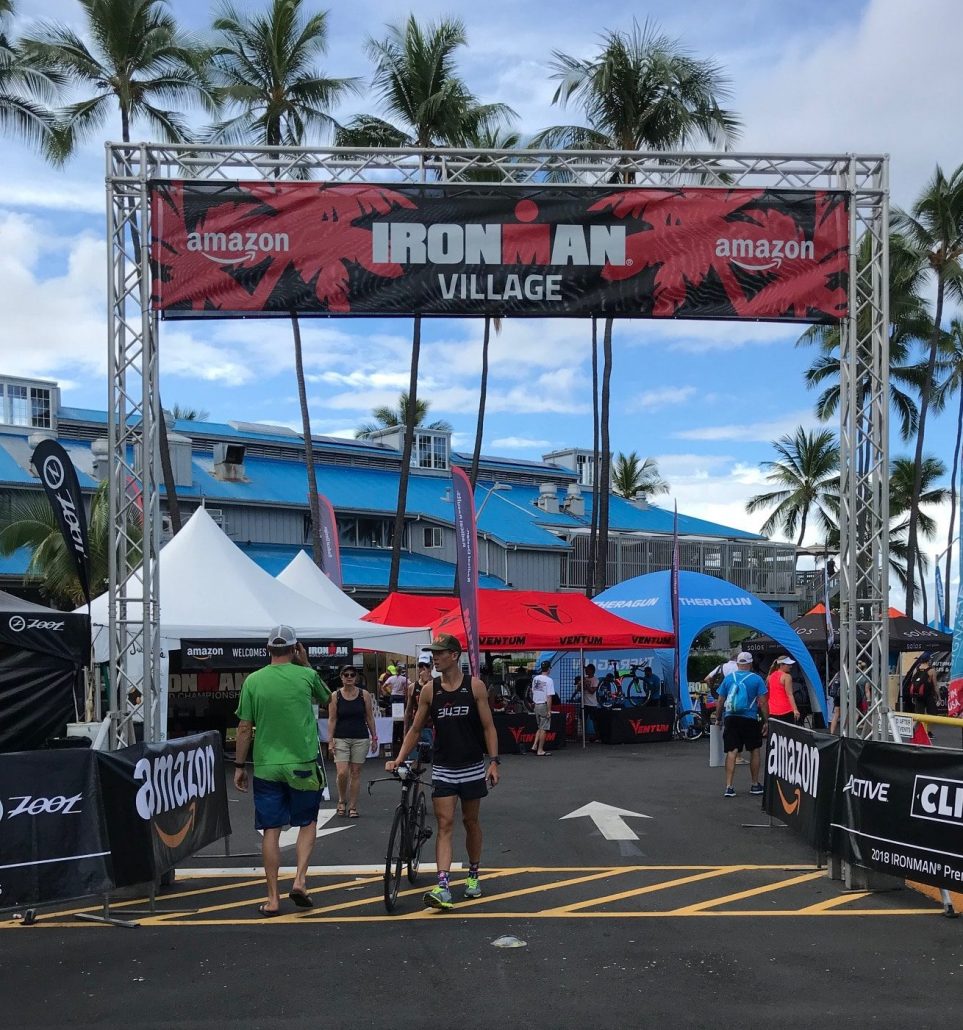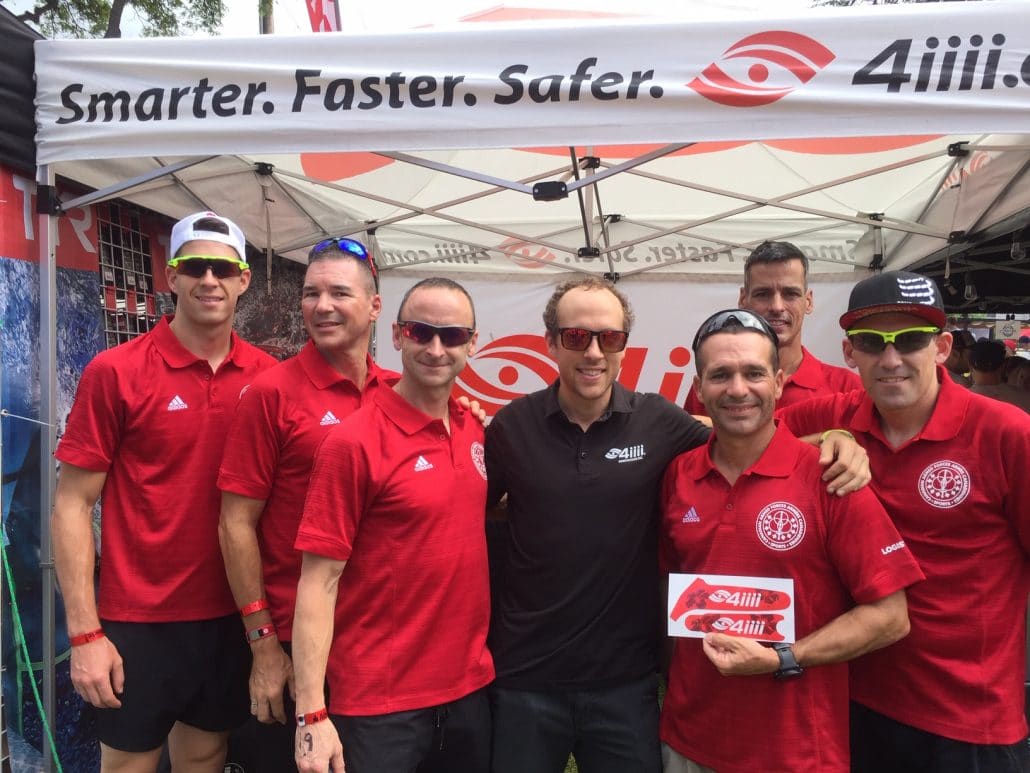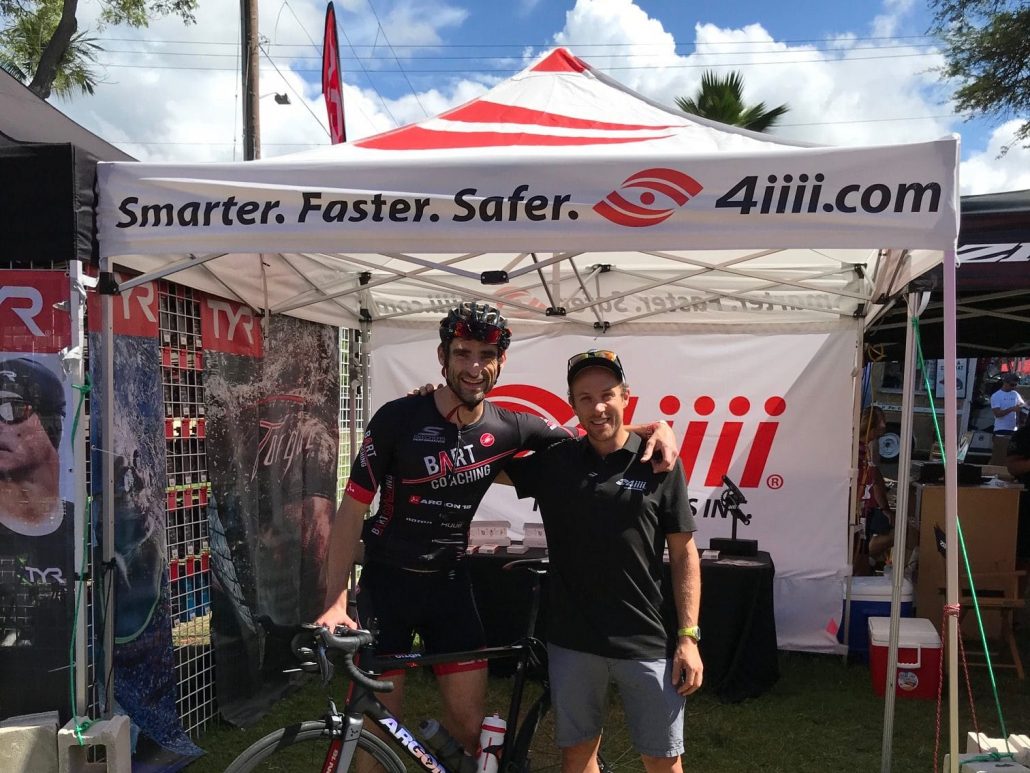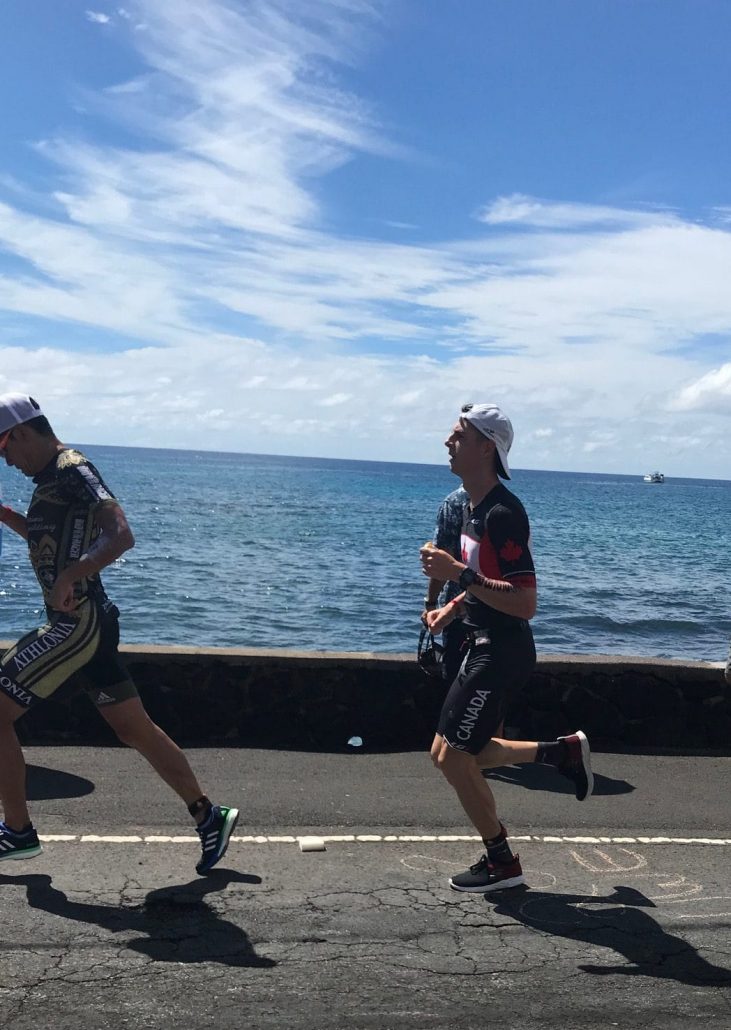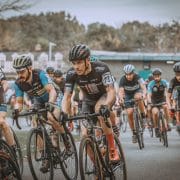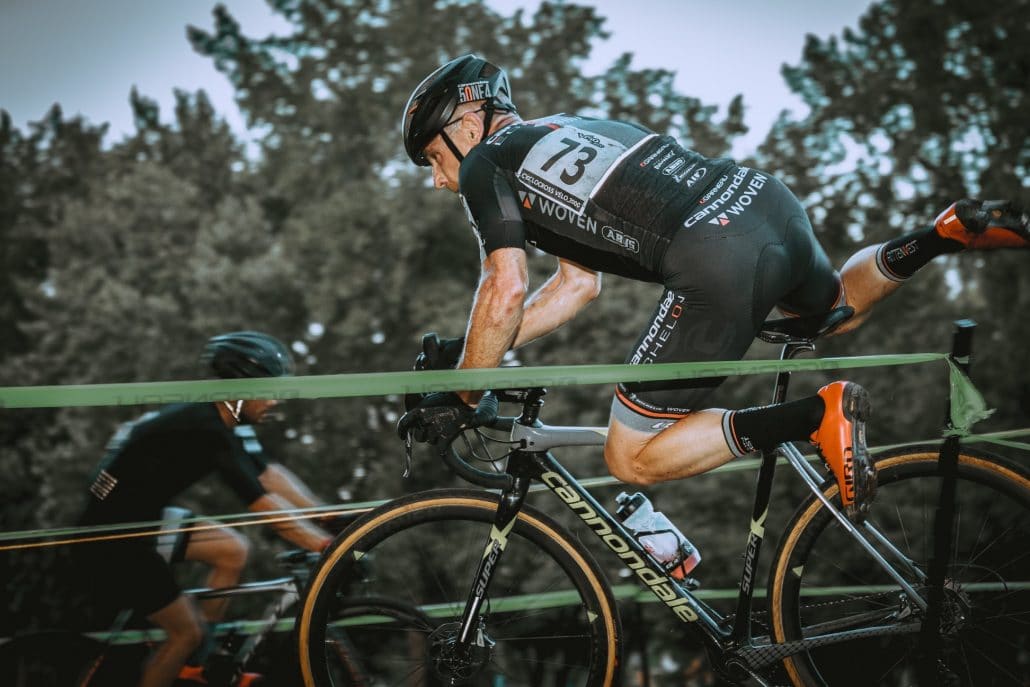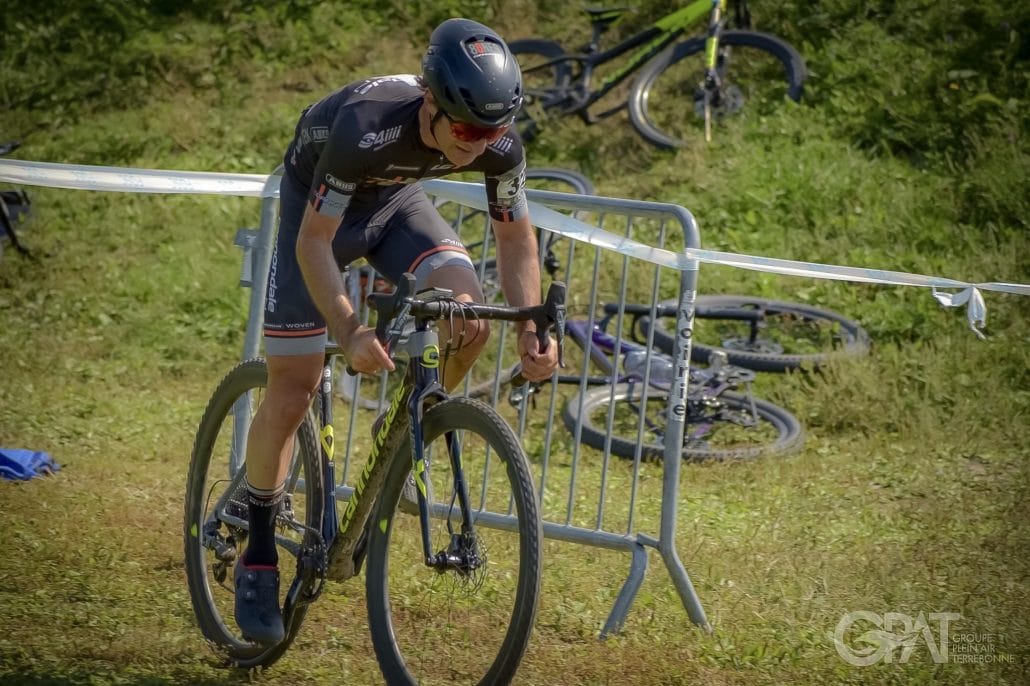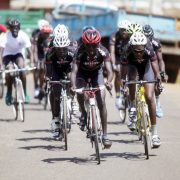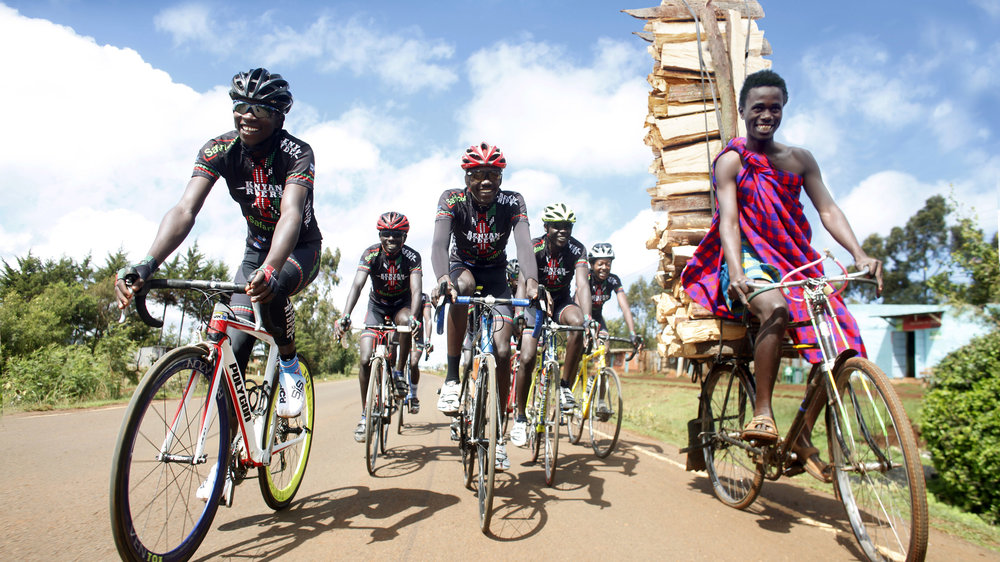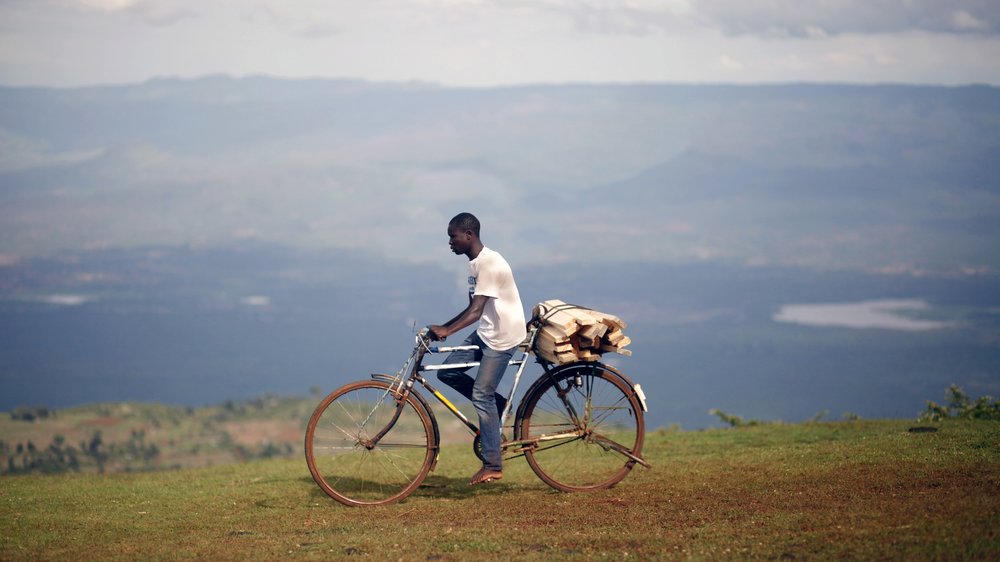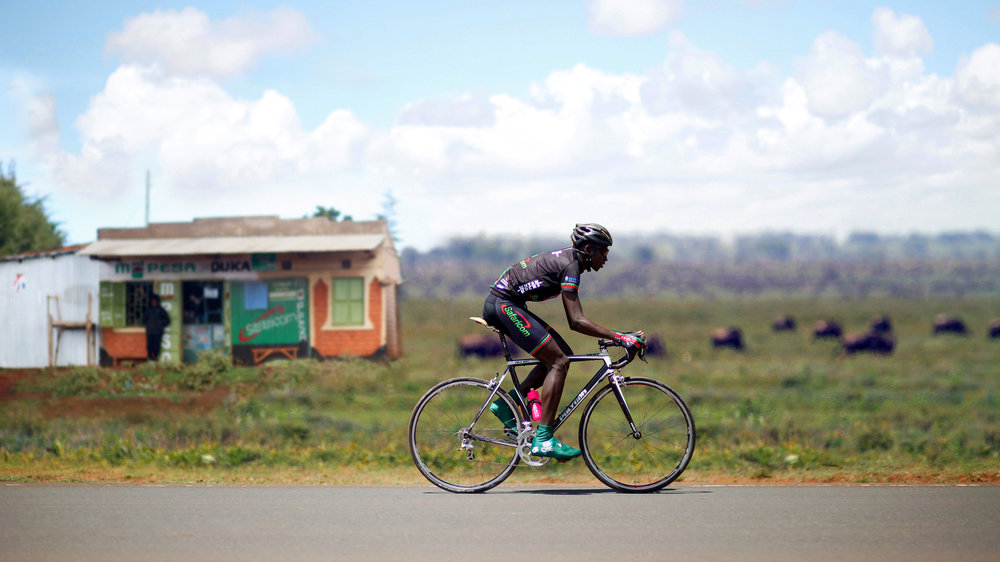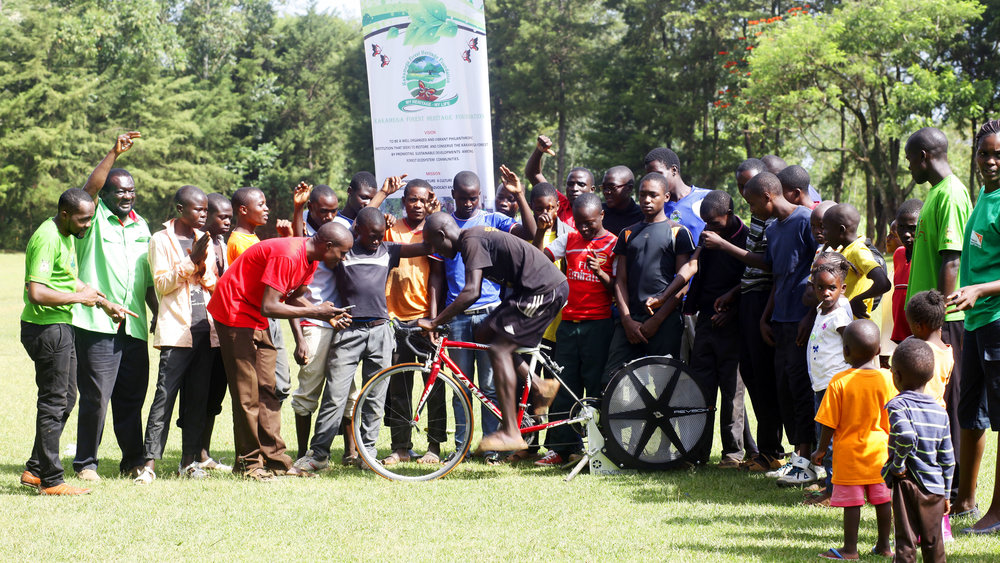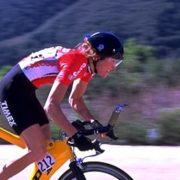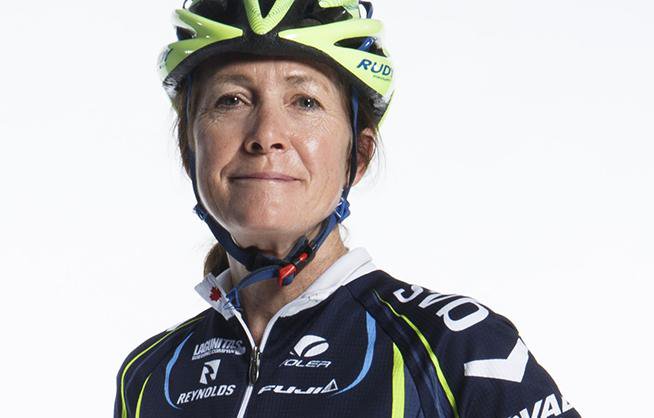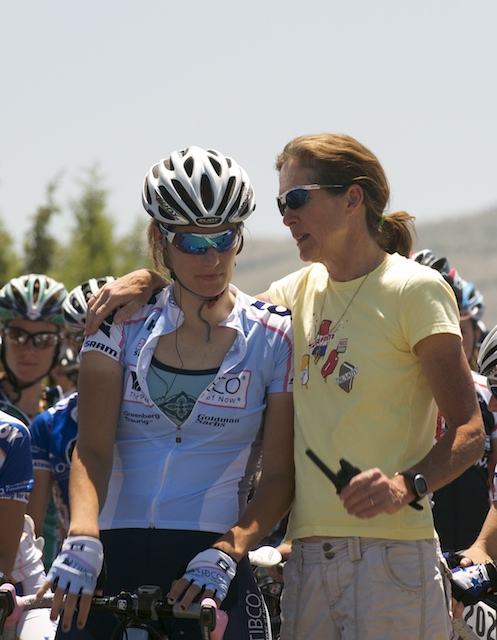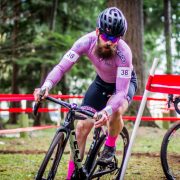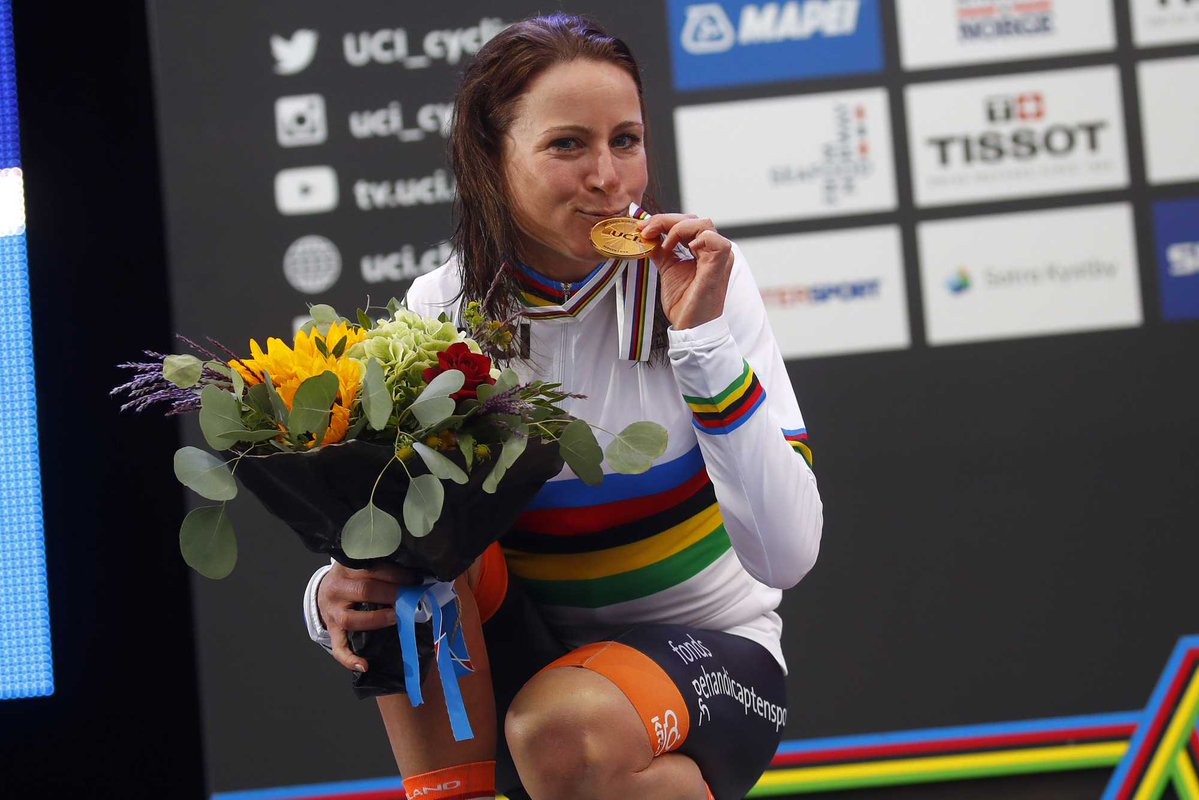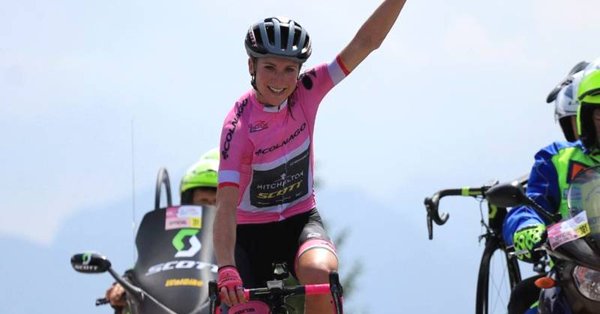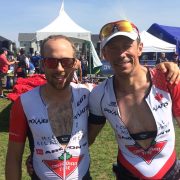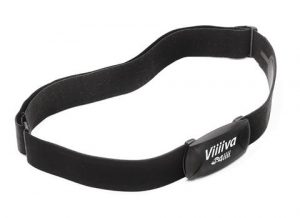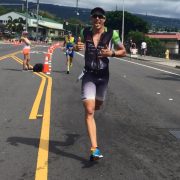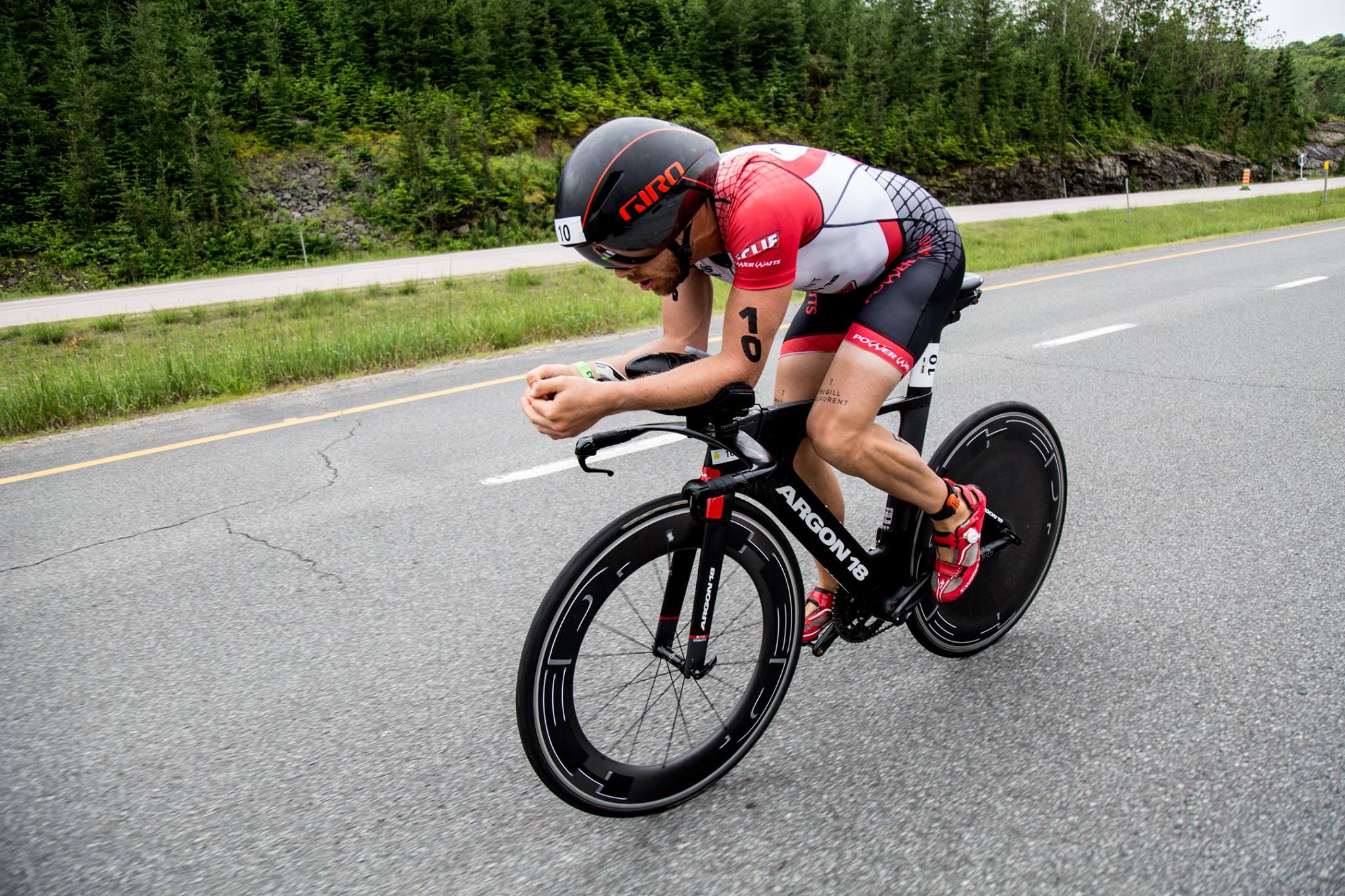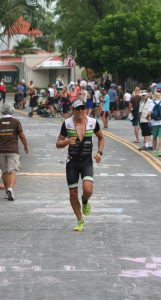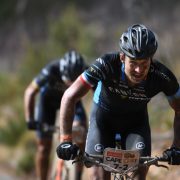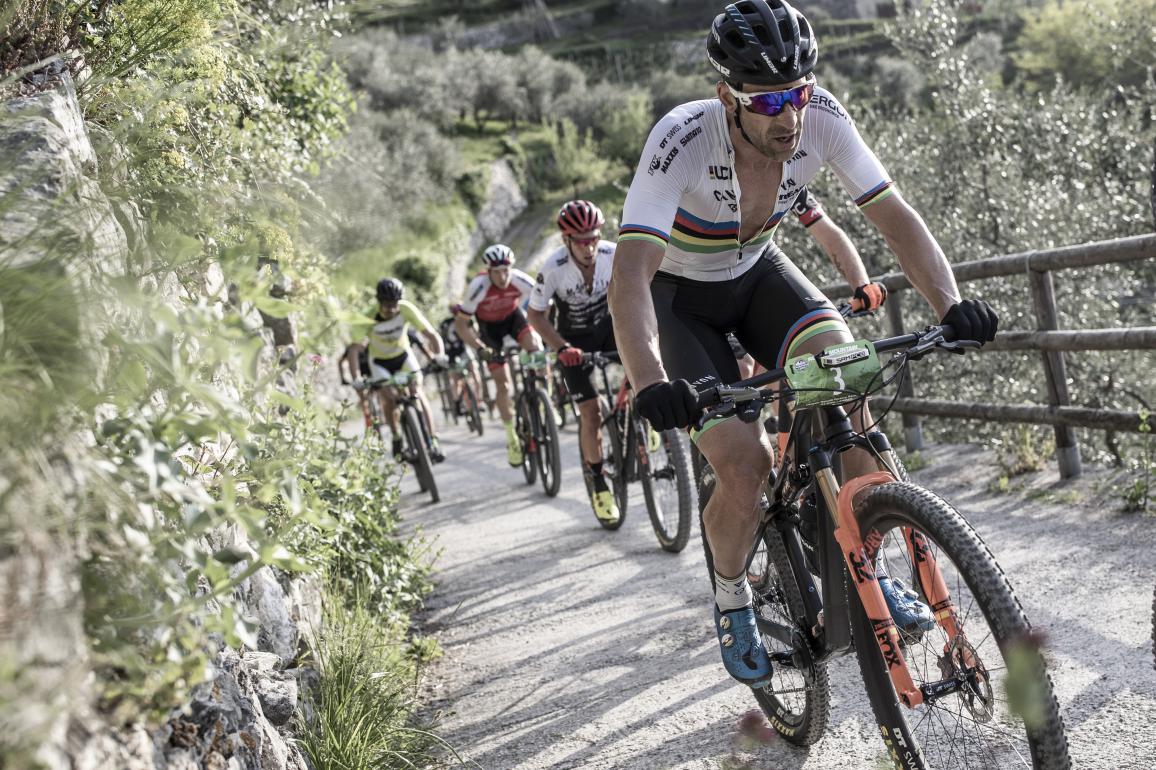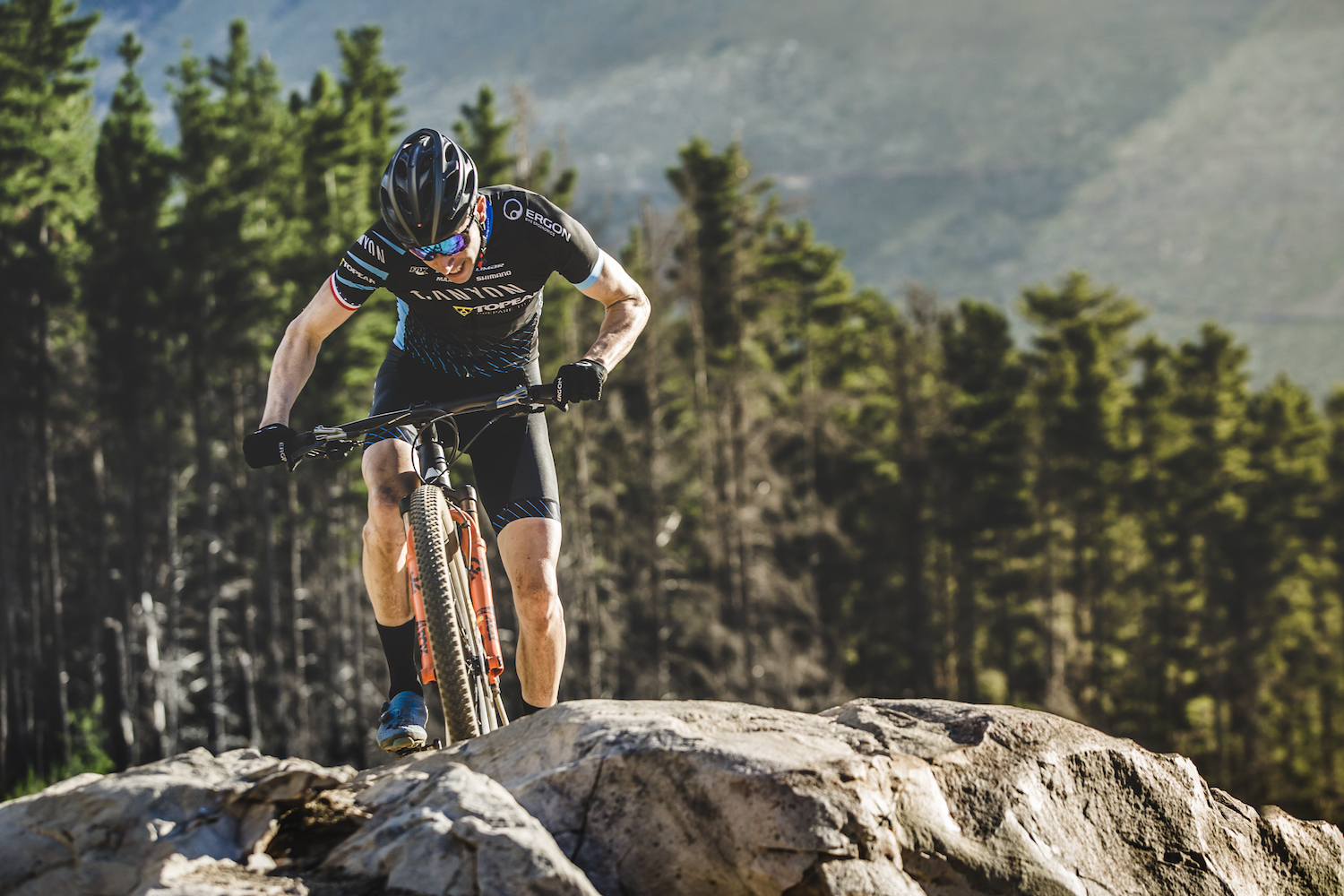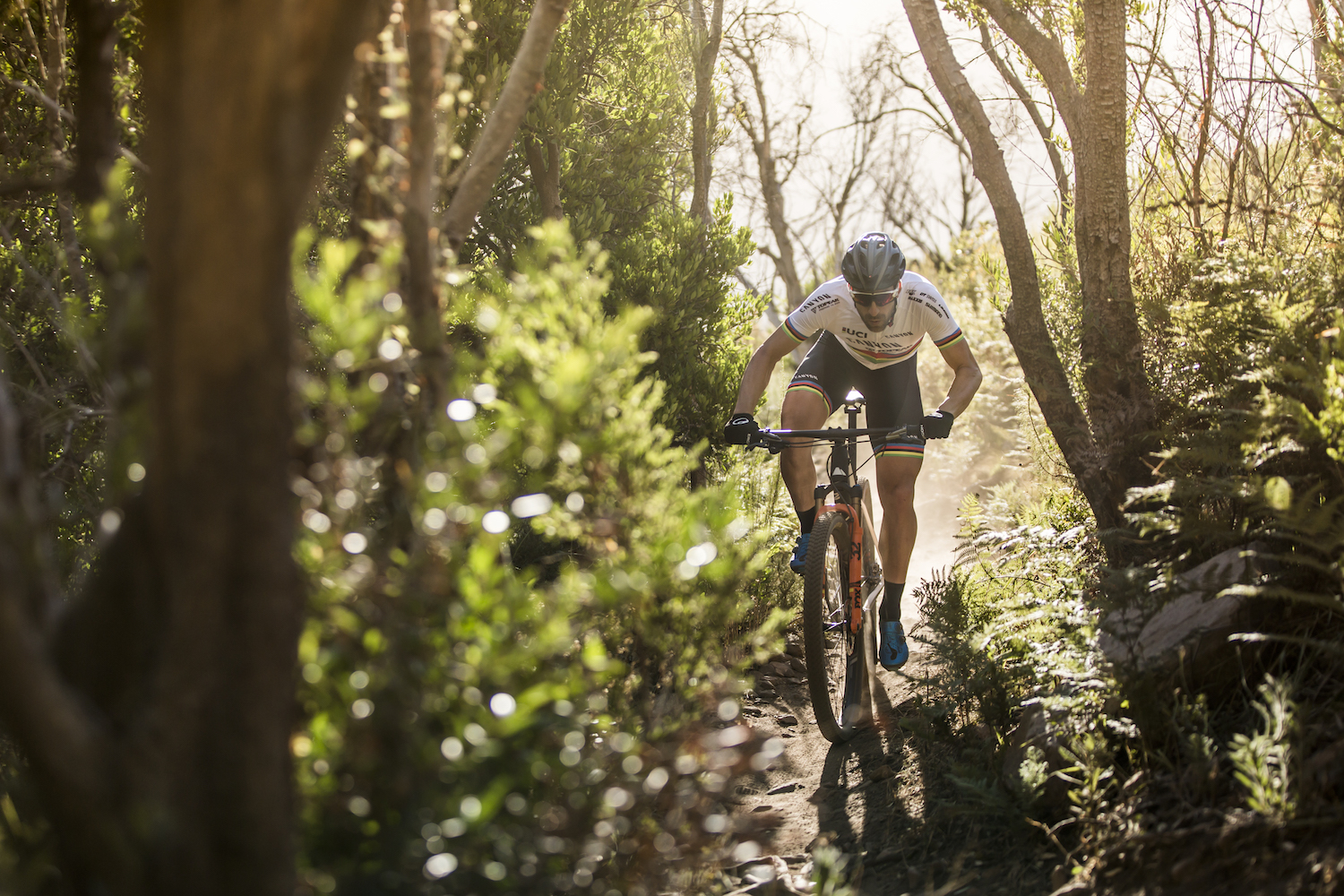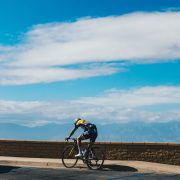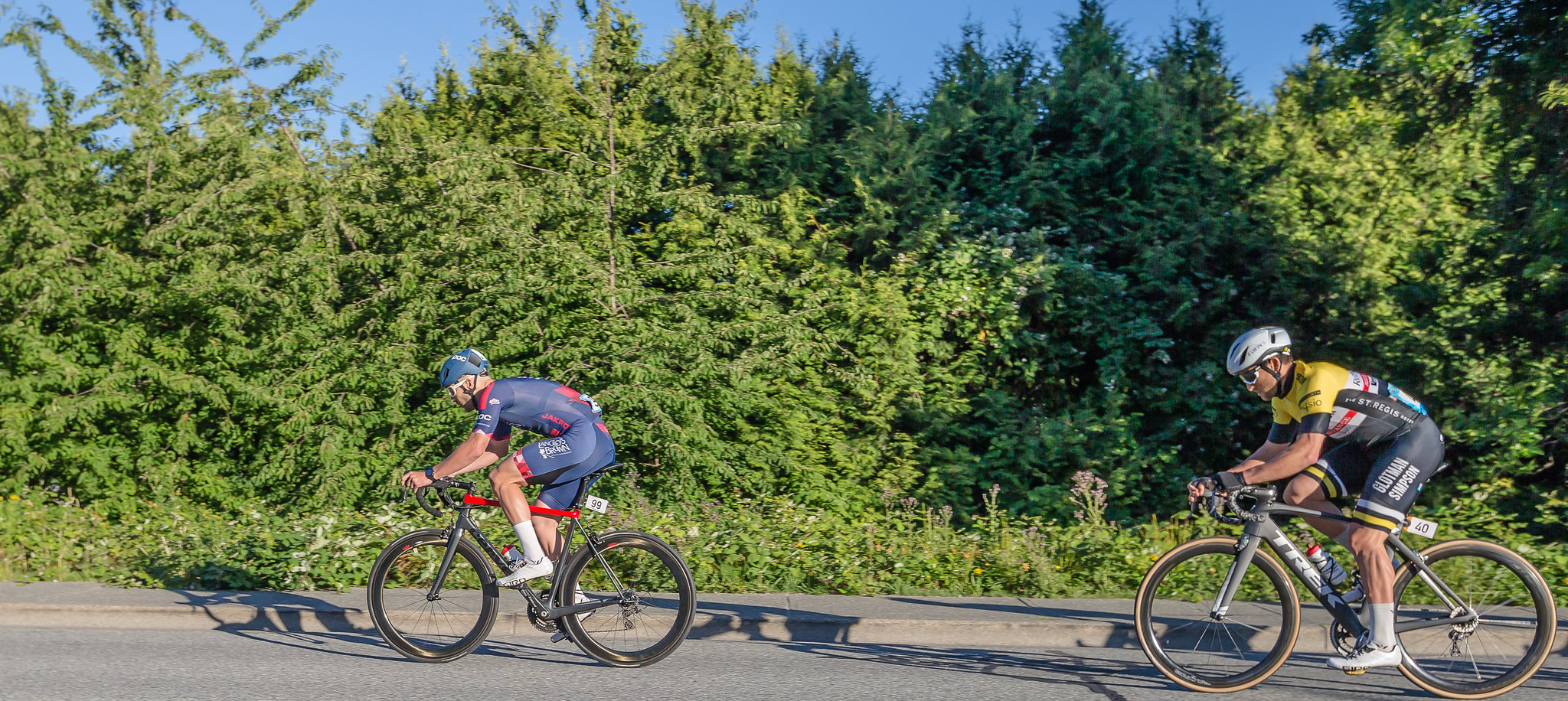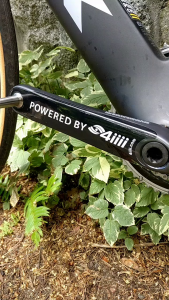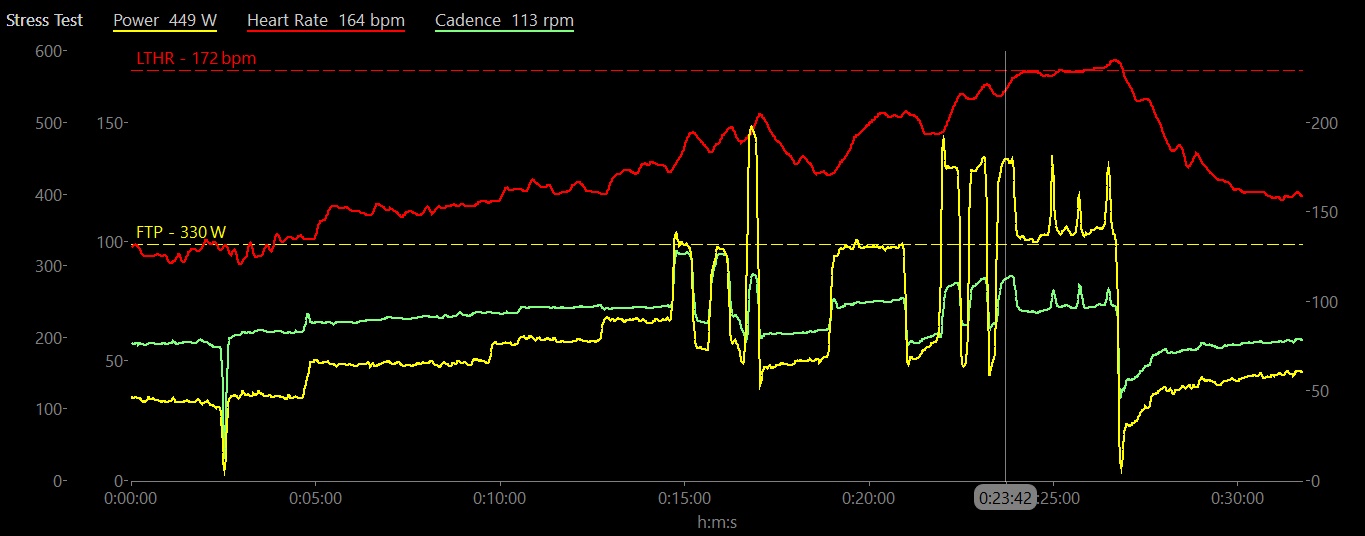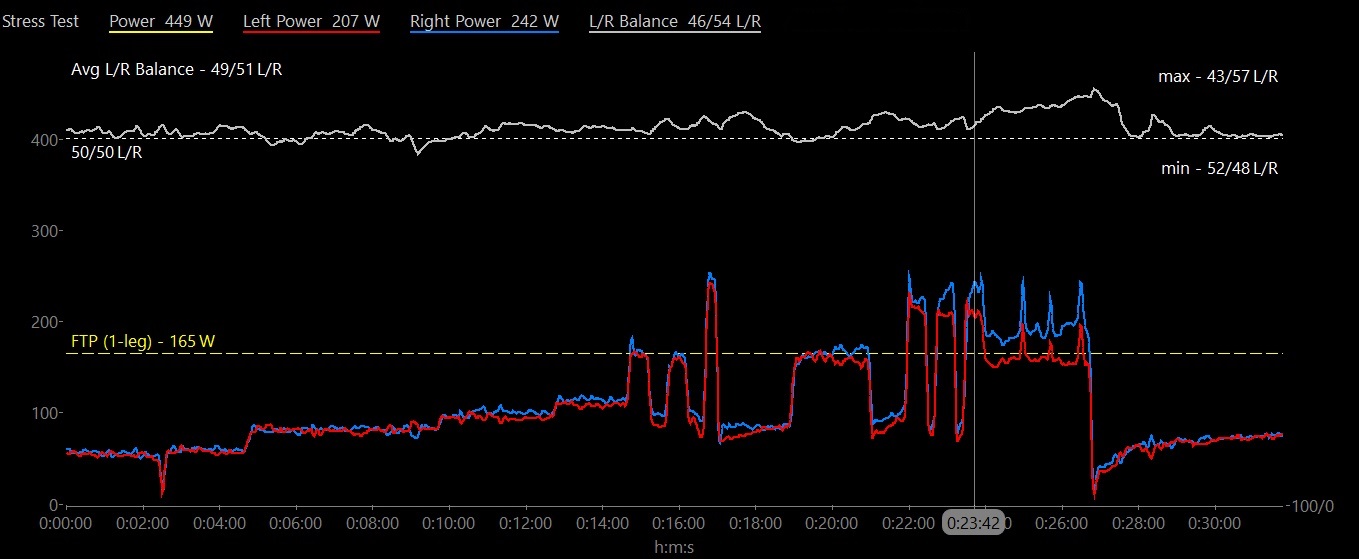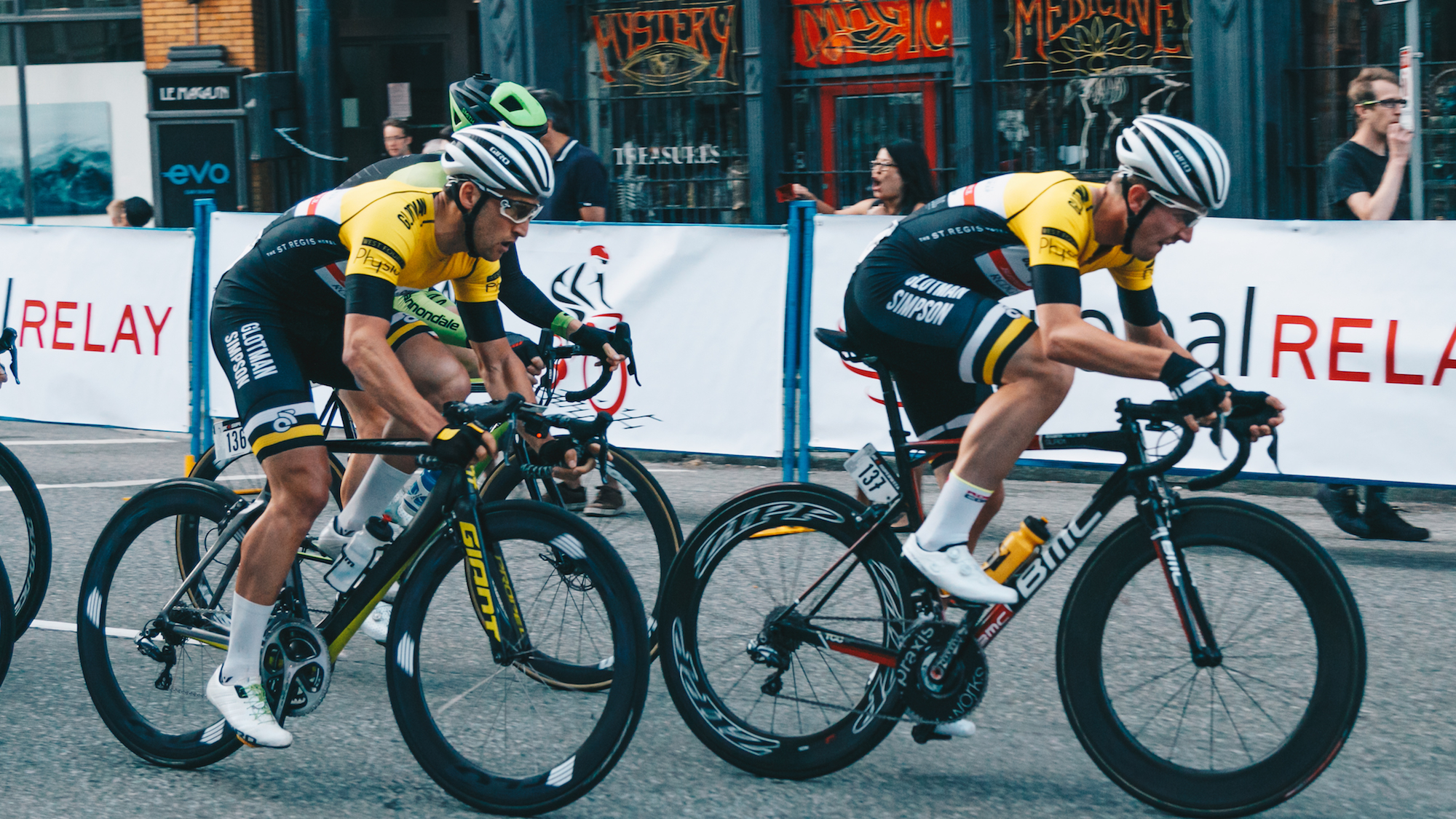By Jem Arnold, a registered Physiotherapist, cycling coach, and Cat 2 bike racer. Images by Jeannine Avelino of VanCXPhotos.
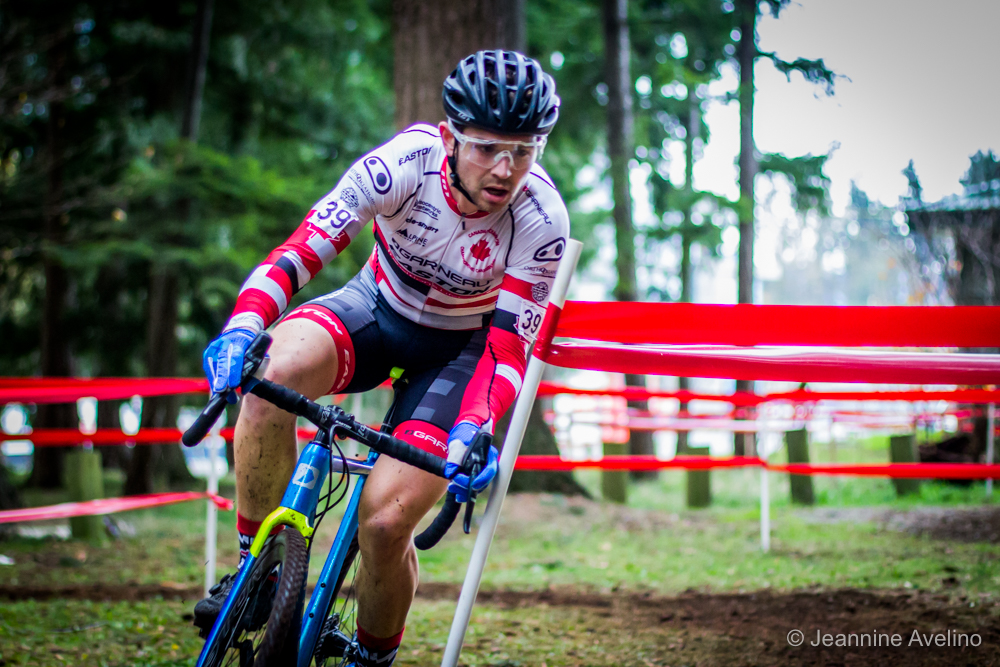
Canadian cyclocross champion Michael van den Ham demonstrating a good cornering technique.
It’s that time of year. The road race season is coming to a close, and the #crossiscoming hashtag has become the go-to theme on Instagram for many a bike racer.
As the leaves start to change colour and the days grow shorter, there are a number of things you can do with your training regime that utilize your powermeter to get ready for cyclocross season.
Capitalizing on Your Road Fitness
Assuming you’ve just spent the summer training, riding, and racing you’re probably in great shape right now. You’re smashing the weekly group rides, and your favourite Strava segments are rewarding you with new PRs, KOMs, and QOMs.
Now it’s just a matter of transferring that road fitness to cope with the sharper demands of a 45-60 minute high-intensity cyclocross race!
The nature of CX racing is, you spend much of the time at a baseline intensity already very near your threshold, then you have to repeatedly spike your effort to jam up a hill, jump an obstacle, power through a sand pit, or shoulder your bike up a flight of steps. You have to be able to handle those repeated efforts and recover quickly without dropping your power.
The type of training to do now should be focused and specific to these kinds of efforts, to sharpen your top-end for when #crossishere.
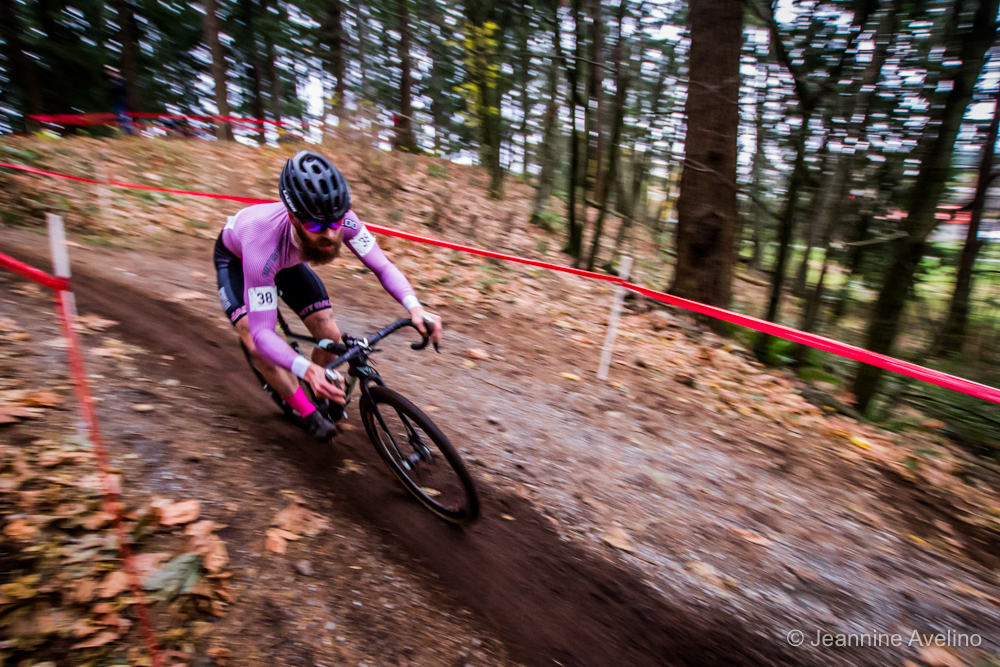
4iiii-sponsored athlete Mark McConnell of Hot Sauce Cycling takes a few seconds to recover on a downhill.
Practice the Technique
Without a doubt, cyclocross is a lot more technical than road riding. The first thing to do will be to throw your leg over your ‘cross bike and start practicing those tight turns, dismounts and remounts, and bike-handling in technical conditions.
These workouts aren’t focused on power, but they might be the most important for a successful CX season. Your power won’t matter if you can’t get around the features on the course and maintain some speed.
Your local racing scene might have a weekly cyclocross practice session, with friends, rivals, and coaches to help you polish your technique. If you’re on your own, find an open park and start practicing your skills. You can even challenge yourself by laying out a mock ‘cross course and trying some hot laps!
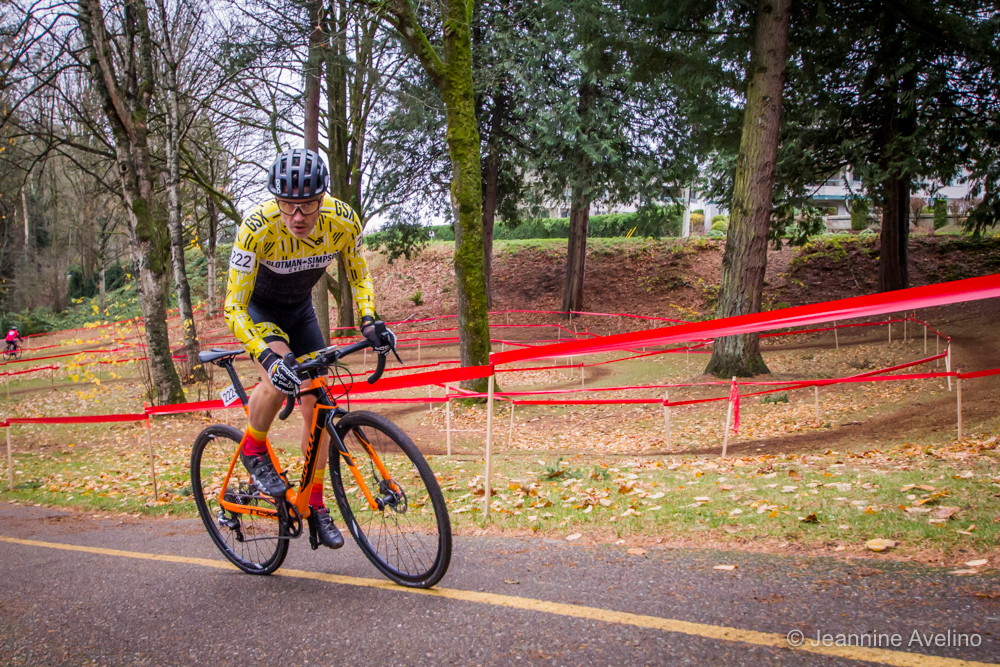
Masters ‘cross racer and 4iiii ambassador Jordan Behan powers up a (paved!) climb.
Power Based Training
Your key workouts for the week can be short, but need to be very hard to replicate CX efforts. You should focus on repeating short anaerobic efforts of 30s-2min, with reduced recovery time and slightly harder recovery intensity than you’d be used to from road training. Your heart rate should remain very close to threshold through the entire workout.
In general, the best recommendation is to stick with no more than 2x high-intensity workouts per week, with the rest of your riding remaining easy in order to prioritize the effort required in those two key workouts. Your easier rides can be where you practice skills work, but you should aim to keep your heart rate (HR) below 145 bpm and give yourself plenty of recovery opportunities.

Elite cyclocross racer Craig Richey zips up while powering through a speedy section of the course.
Try to have one or two easy/rest days between high-intensity workouts to make sure you’re fresh, and don’t worry too much about training load (TSS, CTL, etc.) since those numbers might appear ‘inflated’ from the summer road season. Just focus on hitting your workout targets and polishing your skills, and you will naturally be at the level you need to be for racing ‘cross.
One of the most underrated benefits to having a 4iiii left-side or dual-sided power meter is that as long as both your road and cyclocross bikes use the same drivetrain and bottom bracket, you can easily switch your left-side crank arm between bikes, meaning you’ll have consistent power numbers to train with across disciplines.
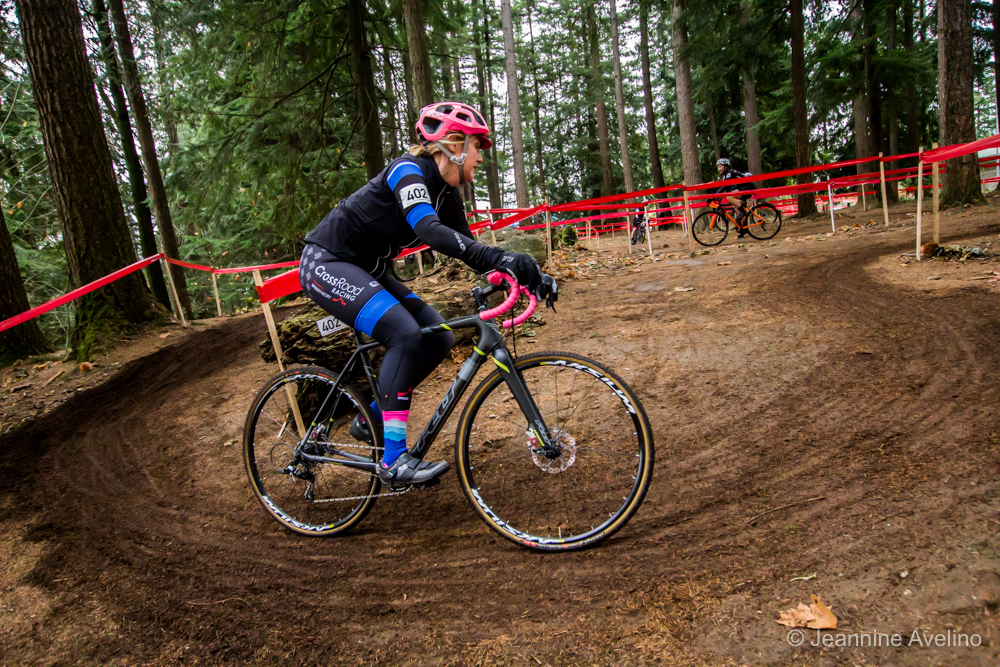
Masters racer Gail Harrison takes a fast line through a twisty corner.
The Workouts
A good place to start is with microbursts, which will help kick-start your high-intensity energy systems for the on-off nature of CX racing. This workout is based on some of the research presented here.
VO2max Microbursts
Warm-up (at least 20min)
10x reps of 30sec @ 130% FTP | 15sec @ 60% FTP
Repeat 3x sets, with 3-5min recoveries between sets
Cool-down (at least 10min)
Power targets are very approximate for this kind of workout, but aim to begin your sets at least at 130% FTP (read more about how to determine FTP here). HR should rapidly reach threshold and remain there through the entire set.
Lactate Stackers & Finishing Sprints
Warm-up
10x reps of 1min @ 130% FTP | 2min @ 70%
4x 8sec sprint | 1min @ 75%
Cool-down
These 1min efforts won’t be hitting any new power PRs, but the focus should be on repeating the high-level efforts and maintaining tempo during your 2min ‘recovery’ intervals. Finish the workout with some ‘positioning sprints’, where each sprint effort should be a near-maximum effort, with the final sprint at full gas, like you’re sprinting around the final few corners of the race.
Sweet Spot Accelerations
Warm-up
2x20min @ 90% FTP
Including 4x 15sec @ 175% FTP every 5-8 minutes
5min recovery between sets
This workout maintains the hard ‘baseline’ effort of a CX race for a full 40 minutes at 90% of threshold. Every 5-8 minutes on an unpredictable schedule, add a big gear acceleration where you shift up two or three cogs (or find a hill) and wind up the gear for 15sec. These can be seated or standing. Then settle back into that “sweet spot” effort. Get 4x accelerations during each 20-minute set.
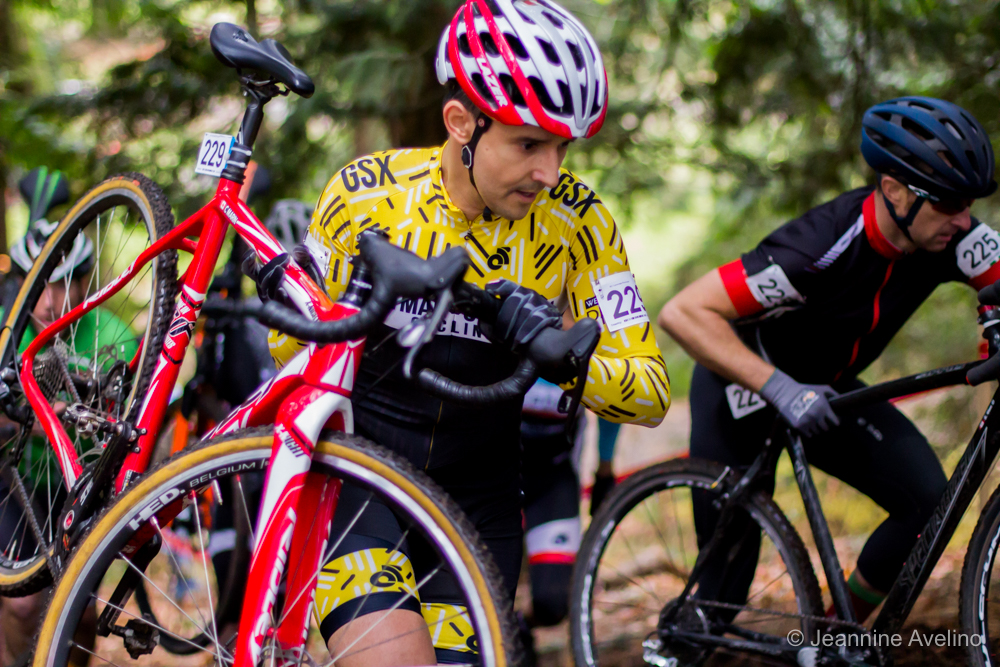
Masters cyclocrosser Carmen Marin shoulders his bike on a run-up.
#CrossIsComing
So get out on those knobby tires, find some mud, grass, and hills, and start sharpening that summer road fitness into cyclocross power! And don’t be afraid to get your 4iiii Powermeter wet or dirty. With its small form factor and protected location inside your crank arms, and its waterproof, mud-proof and sand-proof seal, you’ll be ready to push your limits this ‘cross season!
